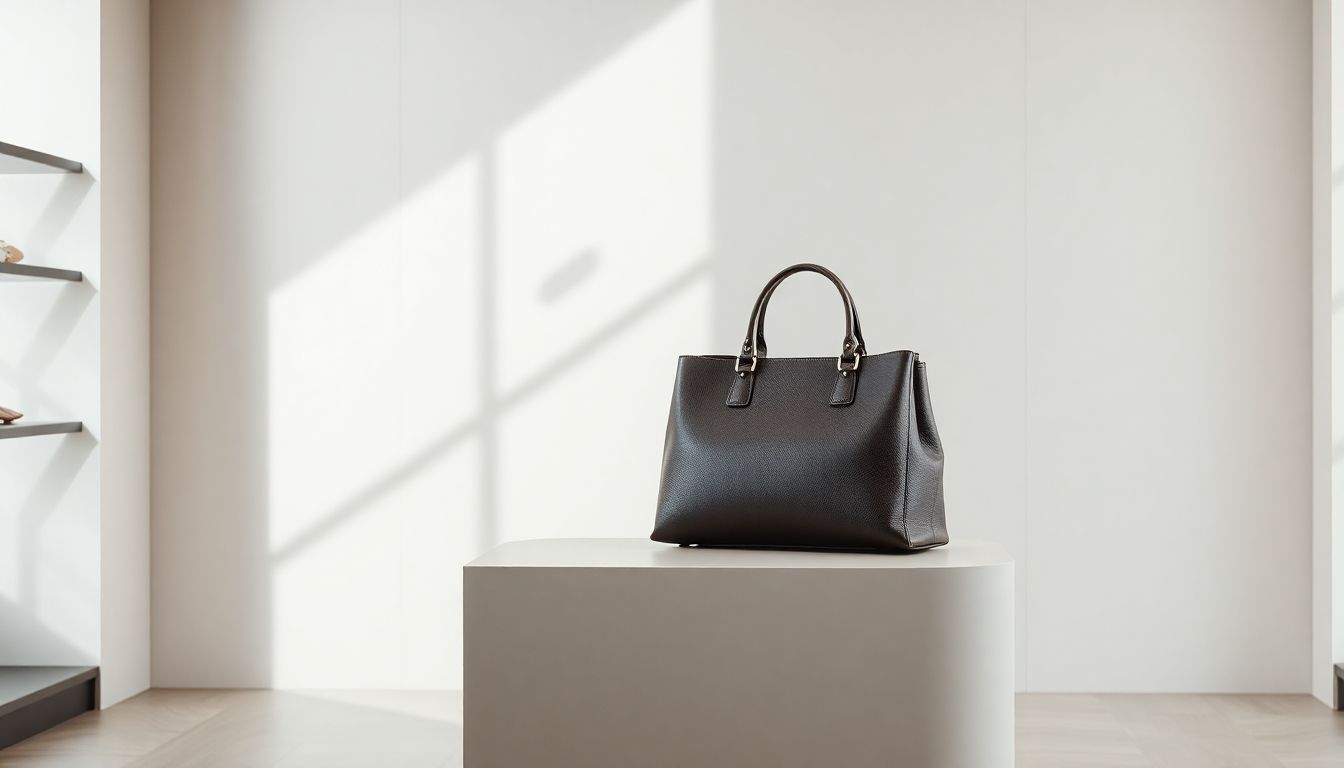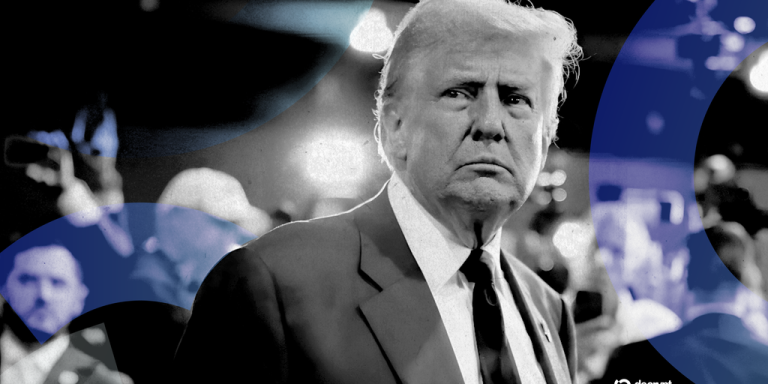
After a period of steep price increases, the luxury market is undergoing a significant shift. Brands are now strategically pivoting to reconnect with "aspirational" consumers—a crucial demographic previously priced out. This involves rethinking pricing, product offerings, and the overall customer experience to ensure continued growth.
The Changing Tides of Luxury Retail
Following a surge in prices that sidelined many shoppers, luxury brands are adjusting their strategies to welcome back a key demographic.
- Key Takeaways:
- Luxury brands are targeting "aspirational consumers," who typically spend between $3,000 and $10,000 annually on high-end goods.
- Recent price hikes, averaging 20% since 2021, alienated an estimated 50 million potential customers.
- The new focus is on accessible luxury items, particularly accessories, eyewear, and fragrances in the $400 to $1,000 range.
- Improved in-store service is a key tactic for building loyalty among these shoppers.
A Strategy of Accessibility
The recent luxury boom saw prices soar, but this strategy backfired by sidelining a vital customer base. According to industry analysis, brands overestimated the demand for their most expensive products, creating a gap in the market.
Now, companies are finding success by re-engaging these shoppers. British label Burberry, for instance, adjusted its pricing ahead of the holiday season and saw its first growth in new customers in two years, along with a 4% rise in third-quarter store sales in the Americas. The focus is on entry-level luxury goods that provide a taste of the brand without a prohibitive price tag.
Examples of this trend include:
- Gucci: Offers a popular $420 belt.
- Yves Saint Laurent: Sells a perfume for under $100.
- Kering Eyewear: The parent company of Gucci saw a 6% sales increase, even as Gucci’s overall revenue fell, highlighting the power of accessible product categories.
More Than Just Price Tags
While adjusting prices is a major component, the strategy is more holistic. Brands are investing heavily in enhancing the in-store experience to foster loyalty. This includes better training for sales associates and reducing customer wait times, ensuring that even those making smaller purchases feel valued.
However, the shift isn’t universal. Some conglomerates like LVMH have been more hesitant to introduce entirely new affordable lines, though they continue to offer entry-level products within their existing collections.
Ultimately, luxury houses are not abandoning their top-tier clientele. Instead, they are adopting a more balanced approach, recognizing that aspirational shoppers, who collectively spend an estimated $274 billion annually, are essential for sustained success and brand desirability.
Sources
- How Luxury Labels Are Catering to Aspirational Consumers, Robb Report.






